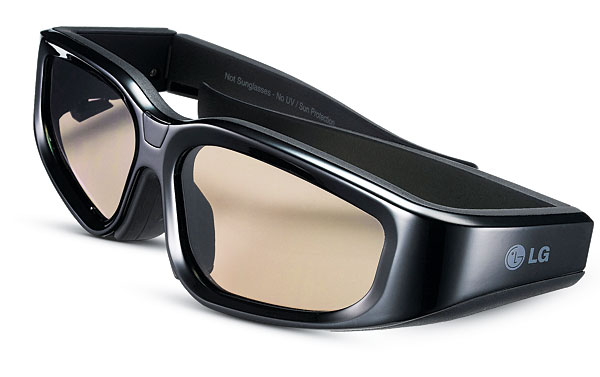LG Infinia 50PX950 3D Plasma HDTV Page 2

Before my calibration for this review, I used THX Cinema, but I did all of my 2D calibration and viewing in one of the two Expert modes. You can rename these modes as ISF Day and ISF Night. Once they’re set up, your calibrator can lock them so the babysitter can’t mess with an expensive calibration.
The video adjustments described here are all available in the Expert Picture modes (and the THX modes, when unlocked), although not all of them are available for the other modes. There are more limited adjustments in 3D, which also lacks the Expert modes.
In addition to the Color Temperature control, which I set to Warm for all 2D sources, the Expert modes offer both twopoint (high and low) and 20-point white balance controls. The 20point provides adjustment of each 5-IRE brightness step. You can also use the two-point and 20point adjustments together.
There’s a CMS (color management system) with both color and tint controls for all of the primary (red, green, and blue) and secondary (yellow, magenta, and cyan) colors. But there are no individual color brightness controls.
A Color Filter control can turn off the red, green, or blue components of the image independently. When you use this together with a color-bar test pattern, it offers the most accurate way to set the Color and Tint controls. However, this is only the case if the set’s color decoding is accurate. On most sets, including this one, it’s off by enough that you may be better off using a video source with natural fleshtones and tweaking these settings by eye. You’re most likely to find natural fleshtones on demo material from a good test disc, such as Digital Video Essentials: HD Basics. (Films are usually a poor choice for this, due to their creative use of color.)
A Gamma control offers Low, Medium, and High settings. Medium and High worked best for me, depending on the program material. I left Black Level on Low and the Color Gamut on Standard. I turned off Dynamic Contrast, Noise Reduction, and Edge Enhancer.
 2D Can Be Fun
2D Can Be Fun
The LG’s video processing in the Expert1 mode was superb. It passed all of our standard tests (see the Video Test Bench), although its scaling result (HDMI 480p in, 1080p out) was borderline. The only ratings for our scaling test are Excellent, Good, and Fail. Because the LG just squeaked into the Good range,
I also ran some tests for SD processing that aren’t a normal part of our display tests (the manual states that the set isn’t compatible with a 480i input over HDMI, but it is). With a 480i input, it passed 2:2 (with a fair result), 3:2, and MA (both excellent).
Like all plasma sets we know of, the LG’s off-axis performance is superb. The recent LG LCD/LED sets we’ve reviewed have been noticeably superior to most LCDs in this respect, but the 50PX950 leaves them in the dust. You can view it from almost any angle with no visible loss of image quality. However, the LG’s screen is very reflective—a common issue with today’s large flat-panel sets. You’ll want to set it up well clear of a reflective path to prominent light sources such as windows or lamps.
The 50PX950’s image uniformity is also excellent. It’s easiest to see problems in this area in large or screen-filling areas of black, white, or a single color. Uniformity issues are common in LCD sets, particularly ultra-thin designs, due to inadequate backlight diffusion. On the other hand, plasmas, including this LG, are self-illuminating, need no backlight, and are largely free of this problem.
One issue that distracted me slightly was visible with onscreen messages such as those ubiquitous titles with blue backgrounds that precede trailers. Bands or streaks of color—the same color as the background but more intense—extended before and past each line of text to the edge of the screen. This is easier to see than to describe.
This banding was never visible on normal program material. Post calibration, and despite some minor measurable issues (no set is perfect), its performance was exemplary in most respects. As I mentioned above, the color decoding wasn’t ideal, so I set the Color control somewhat lower than the blue setting that the Color Filter suggested. But the outstanding color tracking and accurate 2D color gamut (no help needed from the CMS) more than made up for this. These days, most sets offer convincing color, but it nearly always looks at least a little realer than real. Not here. In 2D, the LG’s color looked comfortably right, with a subtle refinement that isn’t at all common. Sure, you can use the picture controls to pump it up in any number of ways. But when it’s properly adjusted and calibrated, it looks right. It did well with material ranging from natural fleshtones to the stunning computer simulations and range of colors in the recent National Geographic Channel’s documentary, Journey to the Edge of the Universe. Who knew that the cosmos could be so scintillatingly colorful?
- Log in or register to post comments




















































